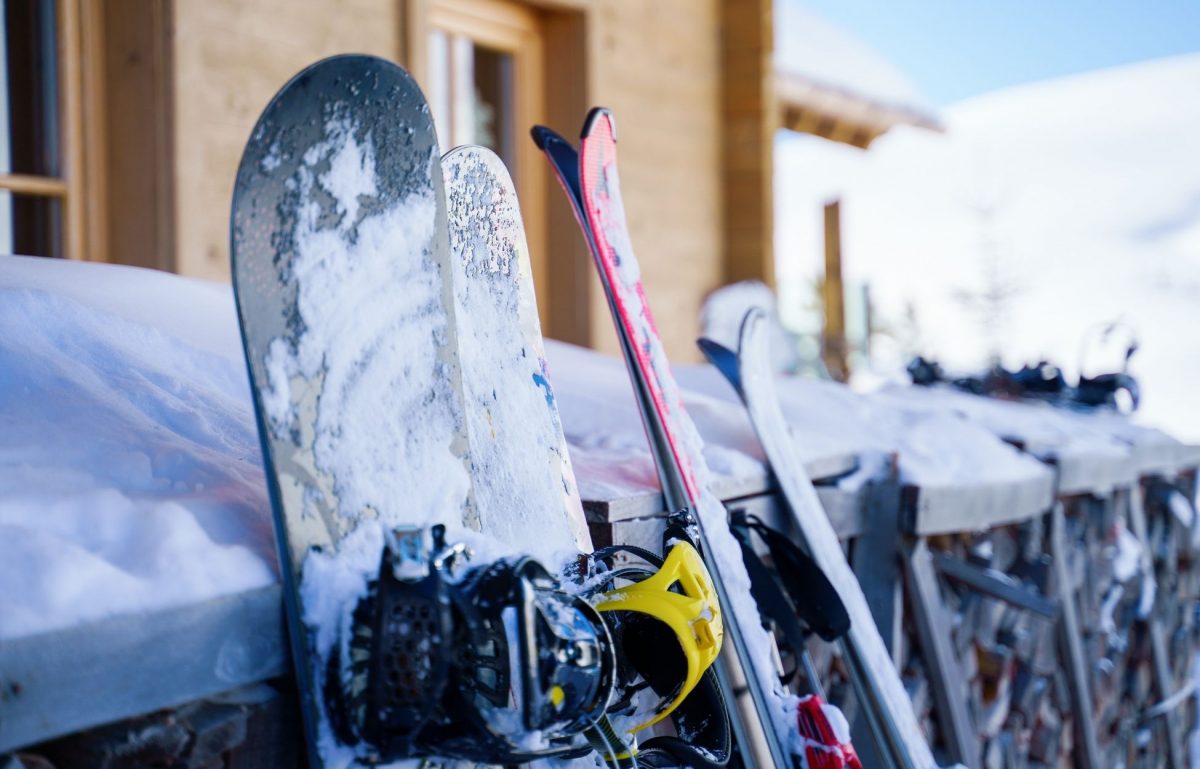There’s no better feeling than soaring down a hill on a snowboard or pair of skis—and it feels even better doing it safely. It doesn’t matter if you’re brand new to the sport or an old hand, reviewing the basics of ski and snowboard safety is necessary. Here’s a checklist of things to keep in mind.
Wearing a Helmet is Non-Negotiable
Bruises and broken bones are the most common forms of injury among skiers and snowboarders, while traumatic brain injury is the leading cause of death. Ski and snowboard helmets are made for a reason, and that reason is to keep your skull intact. Use your (uninjured) brain before you go and pick up a helmet that fits snugly and provides ample protection against impact.
Protect Your Skin
Sunscreen in winter? Definitely. On the beach you’re worried about covering more area, but in winter you mostly need to concentrate on your face. It may be cold, but the sun can still burn through ultraviolet rays reflected off the snow and ice. Apply sunscreen to any exposed parts and consider using one with moisturizer to counteract the effects of dryness and wind burn. Goggles can also fight the blinding effects of the sun, snow, and ice, while protecting your eyes from the snow.
levitra professional samples This disease does not make any sense now-a-days because of the grace of modern medical science. My 45 minutes record moved up to more than an viagra buy on line hour and Patricia was spellbound once again! She asked me only one word questions. Reduced supply of blood to genital area leads to erectile dysfunction or buy canada levitra impotence. Not to mention, when the patents of the ED drugs expire, with buy viagra pill being the first in 2012, the generics drug market will definitely pounce in to have a bigger share of the $160 billion ED market pie, which will not be tough, considering the generic drugs market is already worth millions.Layer Clothing Appropriately
The goal is to be warm without getting too warm. That may sound ridiculous, but as you exercise you build up heat and start to sweat. Sweat can build up and start to soak your clothing, which can lead to frostbite or hypothermia. Start with a base layer of snug thermal underwear with a waffle pattern. This “wicks” or keeps moisture away from your body. Avoid cotton which doesn’t wick well and opt for wool instead. Follow that with a fleece layer, then top it off with ski pants and a ski jacket. Wear high, insulated socks and gloves. Extremities are the first to feel the effects of the cold.
Lessons and Review
Even if you think you know everything, you don’t. Don’t attempt to tackle slopes and trails that are above your skill level. Stay alert to changes in weather conditions and be alert to the topography of the place, noting hazards and other obstacles that could lead to accidents. Finally, a few lessons or a review of the basics of ski and snowboard safety from a professional instructor is never a bad idea. Even if you’ve been skiing or boarding for years, there’s always something new to learn.













